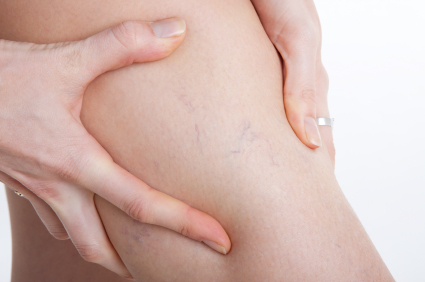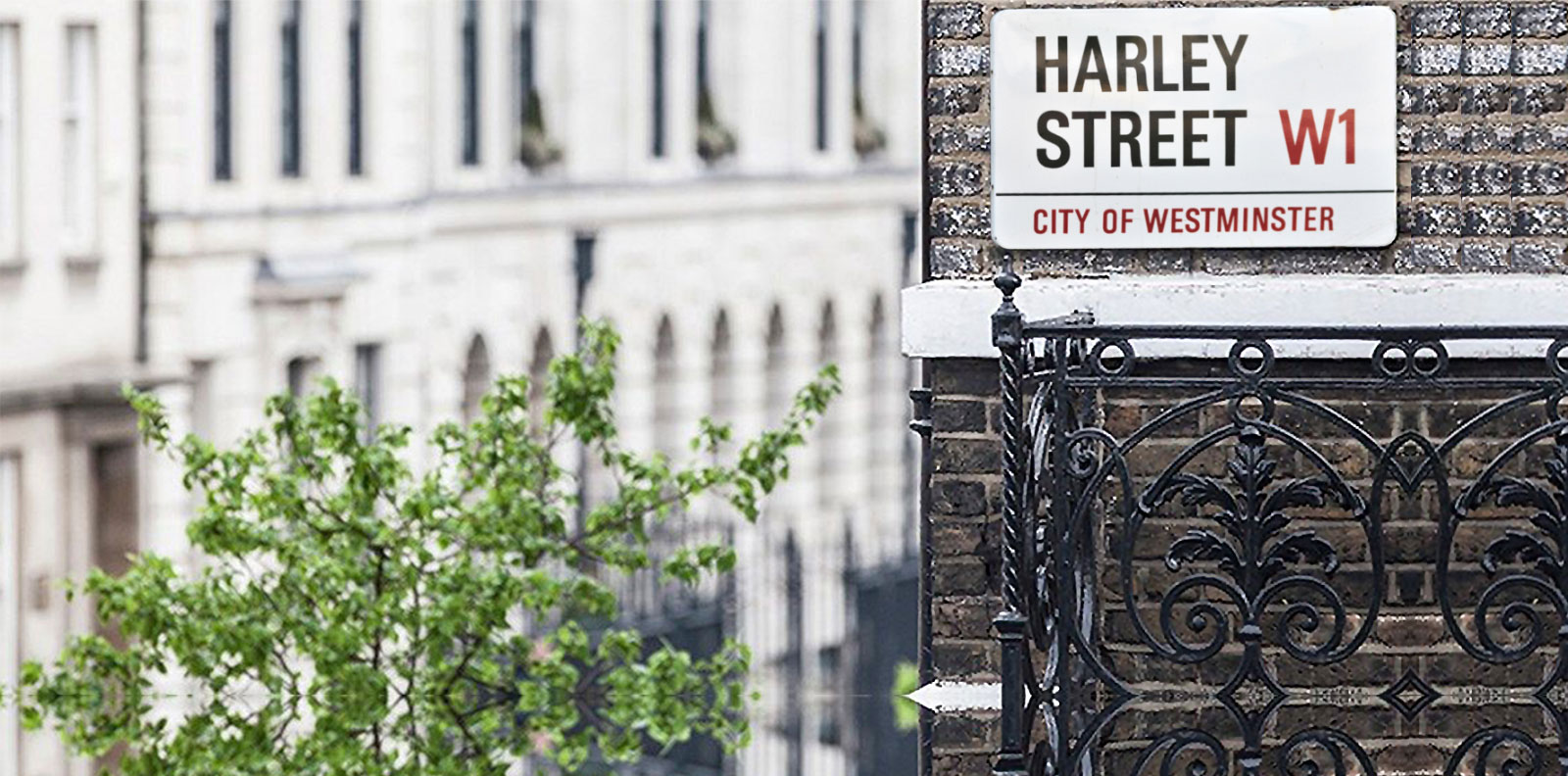Understanding Your Spider Veins
Veins are a part of the anatomy that we don’t tend to give much thought about, that is until we start to notice them. Spider veins do not usually cause much pain or discomfort and are not necessarily a cause for concern, but many find that their unsightly appearance troublesome.
What is a spider vein?
Spider veins (thread veins) and broken capillaries can appear when there is a dilated vessel that appears under the surface of the skin. They can appear almost anywhere on the body, but typically they appear on the face and legs and are red or blue. They take the name spider veins because they can often look like small webs or fork lightning bolts with short jagged lines.
What causes spider veins?
Lack of movement:
Excessive pressure on the veins or weakness of the vessel walls can contribute to the development of spider veins. Often this problem occurs in people that stand for long periods in one place. For example, those with the occupation of a hairdresser or those who travel a lot may be more prone to developing spider veins as the blood is less able to flow compared to walking. Similarly sitting will have the same effect. Being able to contract the muscles is essential in helping the blood to flow through the veins.
Genetics:
If either of your parents has spider veins, you will be more genetically inclined to get spider veins. Some of you may be asking ‘Well why do my siblings not have them?’. While you may be more genetically predisposed to getting spider veins and other veins problems, your everyday life will affect whether you develop them or not. It is a common myth that crossing your legs while seated can lead to vascular problems, but according to UAMS vascular surgeon Dr John Modrall and other medical professionals, this is not the case. Age can also affect our chances of getting spider veins. The older we get, the more the valves start to work, and the less blood will be able to pump around.
Hormonal Changes:
Fluctuations in hormone levels can also result in spider veins. Many women may discover that spider veins occur during their menstrual cycle, pregnancy or menopause. Types of contraception can also contribute to the development of spider veins.
Obesity/ other factors:
Various strenuous activities such as weight lifting can increase blood volume in the legs. The same effect occurs with obesity as the larger you are; this increases the amount of pressure on your veins.
Sun Exposure:
Sun exposure can increase the chances of getting spider veins and broken capillaries appear particularly on your face. Facial spider veins differ in that they are likely to be smaller and are not caused by pressure on the veins.
How can I prevent spider veins?
While genetics play a part in whether you are more inclined to get spider veins, it is much easier to take preventative measures rather than have to seek treatment at some point. Try to avoid doing anything that may put pressure on the legs such as standing up for long periods. Regarding getting facial veins, the obvious preventative measure would be always to ensure you use SPF.
Nutritional therapist, Henrietta Bailey suggests that a few changes to the diet could help to prevent spider veins from developing. She recommends avoiding spicy foods and alcohol and eating foods rich in Vitamin C and E as found in many fruits and vegetables as they are packed with antioxidants, which will help to strengthen the capillaries.
Unfortunately, as spider veins may be caused by heredity or hormone cycles, there may be not much you can do to prevent it and so the next advisable course of action would be treatment.
How can I treat spider veins?
Spider veins are not uncommon with 55% of us affected by them at some point in our lives. Some women dislike the appearance of blue or red branch like veins and become self-conscious and insecure. In these circumstances it may be worth considering the treatments below:
Topical Creams
There has been significant debate over the effectiveness of topical creams. Creams that include: horse chestnut, blueberries, diosmin and escin are said to improve the tone of their veins, there is no scientific evidence to suggest that it removes the spider veins.
Microsclerotherapy
Microsclerotherapy is the most common process for treating spider veins. It involves a solution being injected with tiny needles to restrict blood flowing through it.
Is it painful?
Many patients report no pain at all, but a minor sensation of scratching where the needle enters.
What are the after effects?
Some patients may experience slight bruising; mainly if the vein is thicker, you may also notice some discolouration of the skin which could take up to a year to fade.
How many treatments are needed?
It is best to leave two weeks before each treatment to avoid more bruising. The amount of procedures varies on a case by case basis, but typically 60% of veins will disappear within the first treatment.
Otherwise known as IPL, precise amounts of light energy are delivered through your skin’s surface. This treatment is effective for smaller veins and may be particularly beneficial for the face.
Is it painful?
Some patients report the sensation to be similar to the feeling of an elastic band snapping against your skin. An anaesthetic cream can be applied if you desire, and it is advised to take two painkillers a couple of hours before your treatment.
What are the after effects?
Slight reddening or temporary swelling may occur.
How many treatments are needed?
The amount of treatments required depends on the individual needs of a patient, but on average three sessions are needed. Procedures should be spaced apart and sunlight should be avoided at least three months after any exposure to sunlight may result in pigmentation. IPL may be a treatment you wish to consider in addition to microsclerotherapy.
The handheld device delivers waves that penetrate the targeted vessels and cause the blood inside the vein to coagulate, eventually collapsing and sealing.
Is it painful?
The laser blows cold air on the skin to help reduce the pain of the laser pulse. It reportedly feels like a very hot pinprick.
What are the after effects?
Some redness may occur after treatment. It is advised to wear SPF for up to a month after surgery and try to avoid sunlight if possible.
How many treatments will I need?
Typically 3-4 are needed for maximum results.


